 |
| People need to send a "Request for Verification" of information via Hue-S at the "Warning Communication" function when suspecting that the link has signs of fraud. |
The trick of the subjects is to create voting links containing malicious code and send the link via messenger, zalo... or tag the posts with that link. Then, trick users into clicking on the link to vote and share the photo contest. The subjects use photos of contestants, famous artists... to create voting links to attract users to click on the link.
Ask voters to enter information: Facebook account name, Facebook password, phone number to vote. After hacking the account, the subject studies the messenger message section, sees how the account owner usually texts, then impersonates the account owner to text their friends and relatives to borrow money or send voting links to friends and acquaintances of the account owner.
According to the authorities, taking advantage of the trend of organizing online voting contests that are very popular on social networks, scammers continue to "show off" a new trick with the aim of appropriating property, which is to "entice" victims to click on the link to participate in voting for photo contests on social networks.
To prevent this, people are advised not to access links of unknown origin; not to provide OTP codes, login names, and personal account passwords; and to confirm information before transferring money to anyone.
Enhance the security of personal information (images, identification documents, etc.) when using the Internet, computer networks, telecommunications networks, and electronic media to avoid becoming a victim of high-tech crime.
People also need to send a "Request for Verification" of information via Hue-S at the "Warning Communication" function when suspecting that the link has signs of fraud and immediately report to the police when being scammed.
Source



![[Photo] The 9th Party Congress of the National Political Publishing House Truth](https://vphoto.vietnam.vn/thumb/1200x675/vietnam/resource/IMAGE/2025/6/24/ade0561f18954dd1a6a491bdadfa84f1)







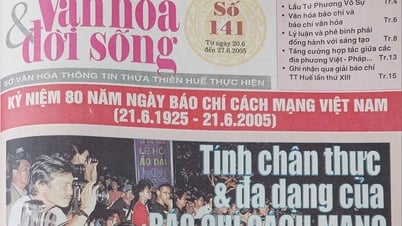








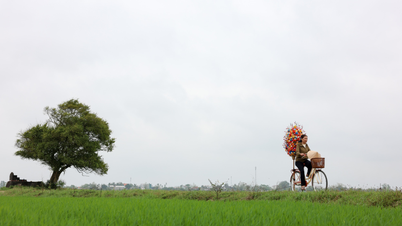





















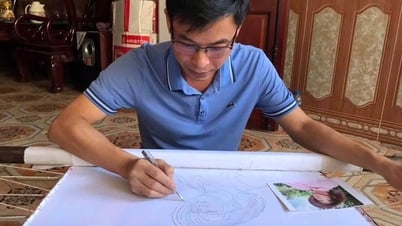



















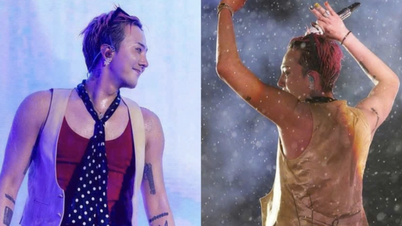













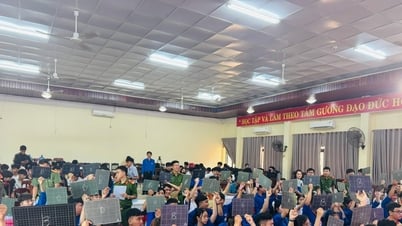























Comment (0)